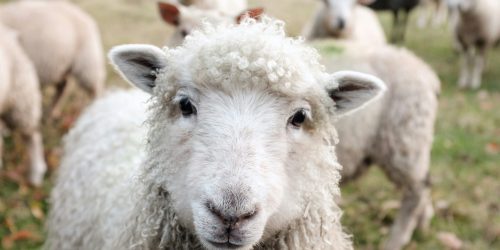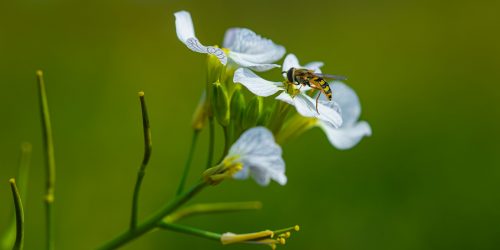In a documentary featuring and narrated by nature filmmaker David Attenborough – Breaking Boundaries: The Science of our Planet – climate scientist Johan Rockström describes the fast depreciation of our planetary ecological systems caused by human activities. Our current ways of farming are a major driver of this degradation: The food system is currently responsible for 25% to 30% of global greenhouse gas emissions (Ritchie, 2021) and is a major driver of the current mass extinction of endangered plant and animal species (Benton et al., 2021). The effect is being felt in diverse forms including increased temperatures, extreme weather conditions, weather variability, shifts in agroecosystem boundaries and invasive crops and pests.
In recent years, regenerative agriculture has gained renewed interest as a concept for an agricultural transformation that could lead to an ecologically, socially and economically viable path for agricultural development. In our regenerative agriculture article series, we previously shared an article on ‘Nature Positive’ – buzz word or new hope for biodiversity restoration and sustainable food systems? There we discussed that nature-positivity will require a radical re-orientation of agriculture towards farming systems that do not only preserve natural ecosystems but integrate our managed and natural ecosystems into one. The concept of regenerative agriculture carries the hope of many authors to offer such re-orientation, aiming at achieving the goal of nature-positivity by trying to work in natural cycles, focusing on the resilience of soils and (re)generating rather than merely sustaining our global life-support systems. But is regenerative agriculture itself just a buzzword or does the concept add value?

In a panel discussion at the Cool Farm Alliance’s Annual Meeting in May 2022, the journalist and author Marianne Landzettel argued that regenerative agriculture was originally a practical approach developed in the 1980s by farmers who wanted to revitalise their farms – biologically and economically. In recent years, the term regenerative agriculture was adopted by large food companies and built into their sustainability and sourcing strategies. This changed the tone, focus and momentum of the conversation. While some might suspect corporate hijacking of the idea, it may not be quite as simple. Even before the food companies, academics re-discovered regenerative agriculture. Although mentioned in some books in the 1980s and 90s, regenerative agriculture hardly featured in academic publications. This suddenly changed after 2015 with a surge of academic publications on the subject (Newton et al, 2020; Giller et al., 2021). One can only speculate what triggered this sudden interest. More importantly, though, one might ask if there is an added value to the regenerative agriculture discussion – or is it simply ‘sustainable agriculture’ repackaged?
This is indeed the conclusion of Giller et al (2021). Looking at the practices discussed in the context of regenerative agriculture from an agronomic perspective, they find that “Regenerative Agriculture, while using a new language, is no different than sustainable agriculture, sustainable intensification, climate-smart agriculture, organic farming, agroecology and so on.”
By contrast, Gordon et al (2021) look at regenerative agriculture from a sociological perspective. They find that regenerative agriculture offers a prominent, positive alternative to industrial agriculture, which is seen by many as contributing to simplification and degradation of human and ecological systems. Gordon and co-authors analyse key thematic characteristics of regenerative agriculture and conclude that it offers promising transformative opportunities through discourse coalitions, translocal organising and collective learning. Or simply put: its power to convene both global and local conversations around what truly sustainable food systems might be; to develop, test and improve such systems; and to share the learning about them with others, locally and globally.
So, from an agronomic perspective, one might argue that ‘regenerative agriculture’ is not much more than ‘sustainable agriculture’ repackaged. However, Gordon et al. highlight the possibility that its true value may be sociological, not agronomic: It is the ‘discourse’ — the conversation among practitioners – not the practices of regenerative agriculture, that make it unique and add value.
It remains to be seen whether this discourse coalition – as Gordon et al. call it – will suffice to right the wrongs of industrialised farming and help us stay within the planetary boundaries that Rockström and Attenborough urge us to respect. However, at the moment, and with dwindling time at our hands, those that gather under the banner of regenerative agriculture seem our best bet, whether they are farmers, food industry or academics.









